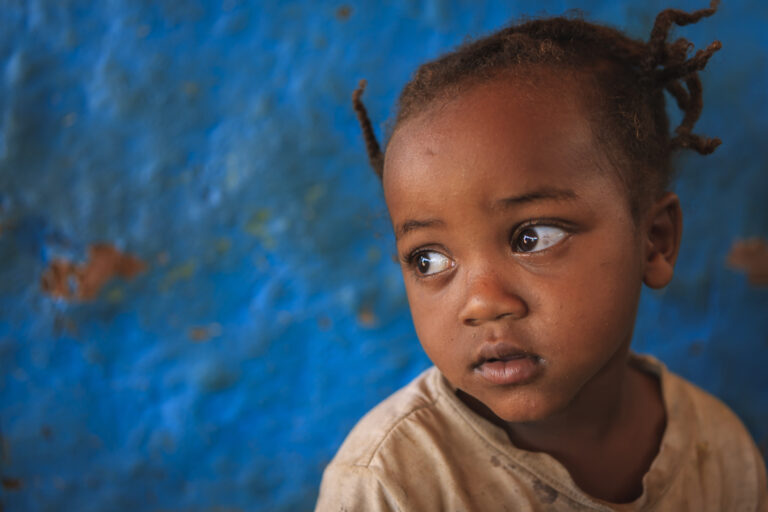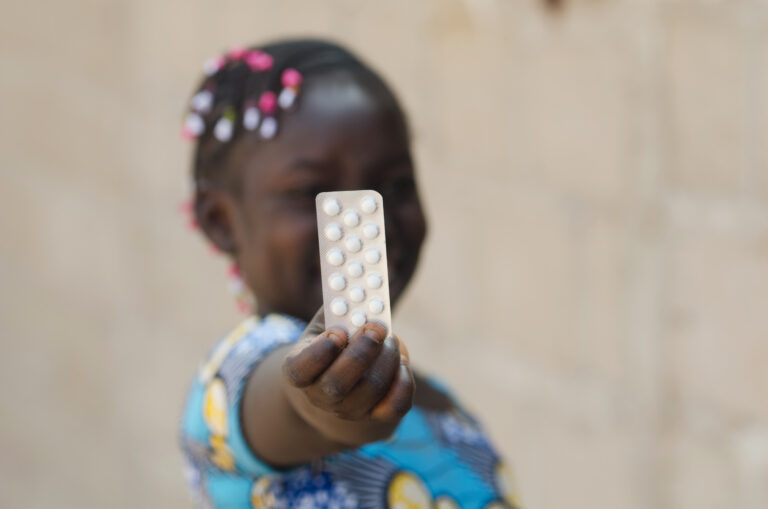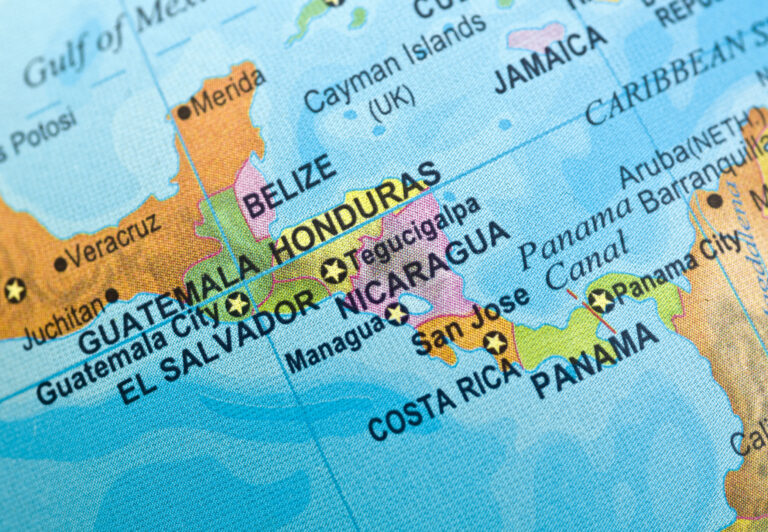Grants Given to “Protect” Women
Five two-year grants, totaling $1.15 million, will be given by the William and Flora Hewlett Foundation in Menlo Park, California, to “improve access to reproductive health care of women of color, low-income residents and teenagers.”
To “protect” California Latinos, $300,000 will be given to the San Francisco-based Latino Issues Forum which will collaborate with California Latinas for Reproductive Justice in Los Angeles; to reach youth through the formation of youth clubs, instruction of young activists and work with ethnic youth groups, $300,000 will go to Choice USA based in Washington, D.C.; to convene a 2007 national conference and for other projects, $200,000 will go to SisterSong Women of Color Reproductive Health Collective from Atlanta, Georgia; to sponsor training sessions for women advocates for reproductive health in California, $200,000 will go to the Women’s Policy Institute of the Women’s Foundation of California; and to work with low-income Asian women, girls and communities nationwide, $150,000 will go to the Asian Communities for Reproductive Justice in Oakland, California.
A goal of the Hewlett Foundation’s population program is to overcome the “problems” of minorities in taking part in voluntary family planning and good reproductive health care, overcoming differences in culture, age and economics. It is felt that members of specific minority groups targeted with these grants often have little to say about healthcare policies but are significantly affected by the principles enacted.
Editor’s Note; These are advocacy groups, so what the foundation is doing is not improving access to reproductive health care, but funding activists who will advocate for more government spending on family planning/population control programs. It’s an old trick, using private money to leverage more government funding, pioneered by Rockefeller himself.
See the Source: “Hewlett Foundation Awards $1.15 Million to Improve Access to Reproductive Health Care,” Philanthropy News Digest, 2 October 2006, http://foundationcenter.org/pnd/news/story.jhtml;jsessionid=0HL3DEG2FL4HPTQRSI4CGW15AAAACI2F?id=158800024
The Depopulation of Russia
Many of us remember the great childhood fears of Russia and the Cold War. But it seems the great boogeyman Russia has become one of the fastest-dying countries of the world.
Russia has become an aging, depopulated, empty country. More than 1,400 villages in the Tver region of Russia (about 130 miles north of Moscow) have become “nezhiloye,” or depopulated. The number of people in the area has gone from about 1.4 million to about 250,000 since 1989. Deaths outnumber births more than 2 to 1. And unfortunately, the depopulation seen in the Tver region is becoming far too common in this country as she continues to lose people to AIDS, TB, heart disease, alcoholism and drug abuse, smoking, suicide and effects of unrestrained pollution.
People find many excuses and reasons for the depopulation of the country.
Abortion has played a large role in the depopulation of Russia. In Russia last year, abortions outnumbered live births by more than 100,000 and about 10 million Russian women of reproductive age are now sterile due to botched abortions or poor health.
Poverty keeps many parents from having the number of children they would like, claim some. The end of the Communist experiment left an economic void that plunged tens of millions into poverty overnight.
Poor health care takes many lives as the average Russian man today has a life expectancy of about 59 years, 14 less than a Russian woman. In addition, Russia’s suicide rate is very high, second only to Lithuania, at about 36 per 100,000 people, according to the Serbsky National Research Center for Social and Forensic Psychiatry. In some remote areas of Russia, the rate exceeds 100 per 100,000.
At one time, the former Soviet Union was the world’s third-most populous country with about 300 million people, a little more than half living in Russia, but the country has lost about 700,000 people each year since 1991 when the Soviet Union crumpled. Russia now has 142 million people.
Sergei Mironov, chairman of the upper house of Russia’s parliament, reported that if the trend continued, the population of Russia would fall to 52 million by 2080. “There will no longer be a great Russia,” he said. “It will be torn apart piece by piece and finally cease to exist.”
In hopes of reviving the birthrate, President Vladimir Putin, worried about the future of his country, asked government officials to help subsidize the family: “Russia has a huge territory, the largest territory in the world. If the situation remains unchanged, there will simply be no one to protect it.” The Russian government recently pledged to pay mothers of a second child $111 a month and set aside a sum of $9,260 to be used for education, a mortgage or pensions.
Perhaps the greatest problem in Russia is the lack of faith or will to live. “Seventy-five years of Bolshevik life in this country led to the formation of a tribe of people which was cultivated to listen to orders and fulfill them,” said Alexander Gorelik, a St. Petersburg physician. Stalinism aimed for “the planned and gradual physical destruction of the most moral, the most creative group of the population.
“There is such a thing as a will for life. And the whole trouble is that the Russian public in general, and especially the male population, has a big deficiency in this area.”
See the Source: Kim Murphy, “Fallout of Soviet era shows in rapidly dwindling population,” Denver Post.com, 13 October 2006, http://www.denverpost.com/nationworld/ci_4484669










